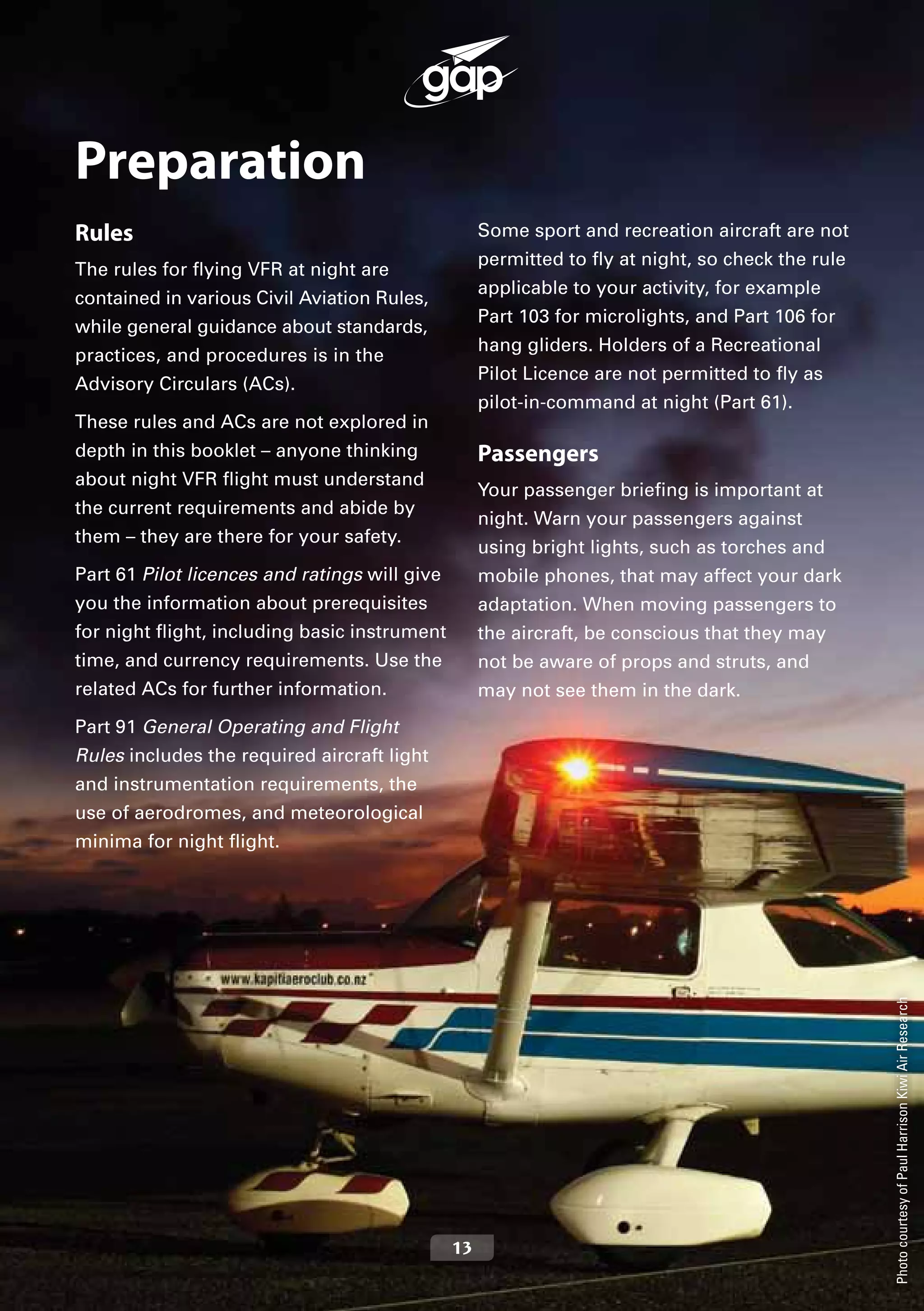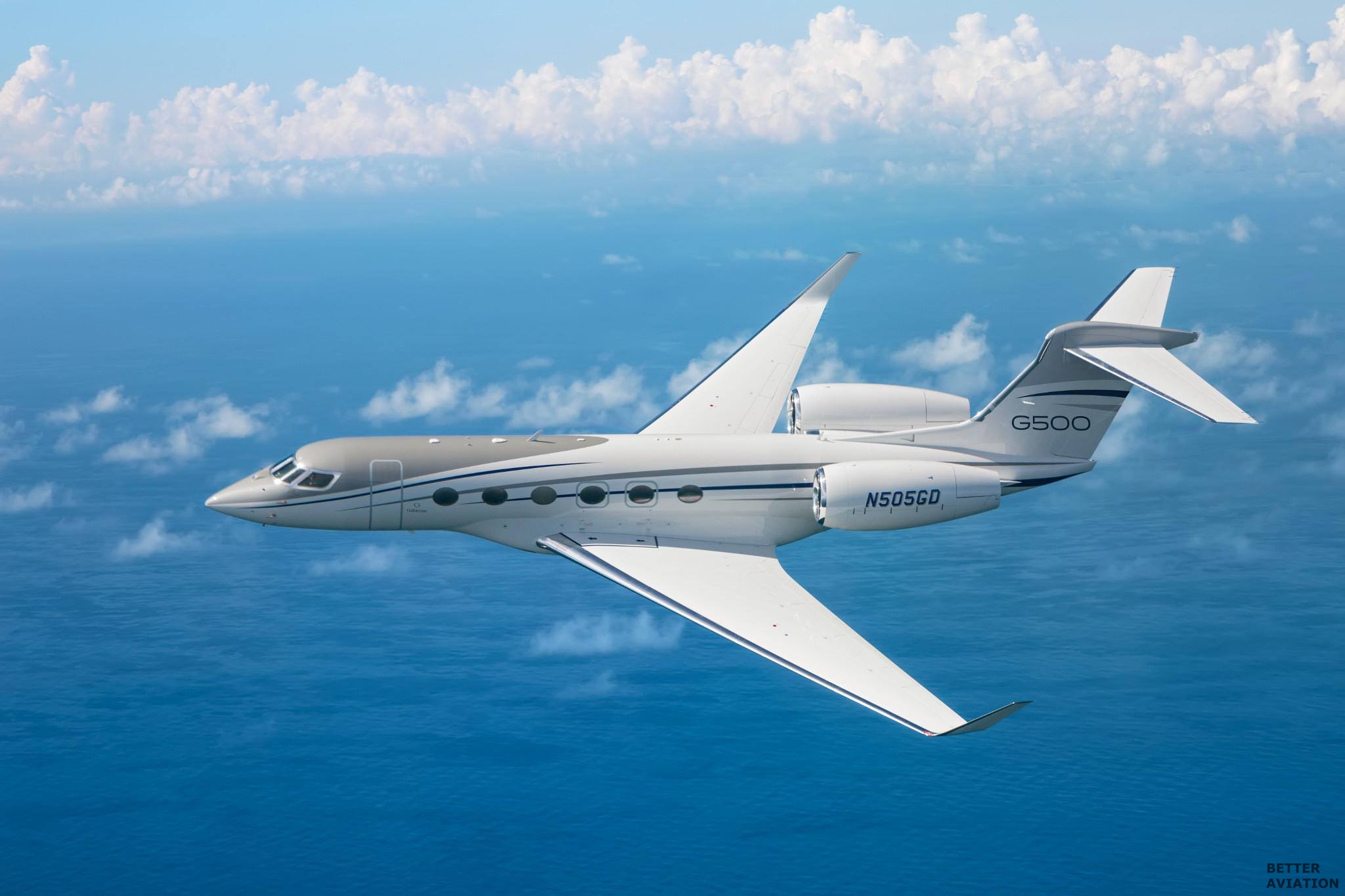Part 91 Aircraft - (d) The transition ground training for flight instructors must include the approved methods, procedures, and limitations for performing the required normal, abnormal, and emergency procedures applicable to the type, class, or category aircraft to which the flight instructor is in transition.
(1) The addition of an aircraft for which two pilots are required for operations under VFR or a turbojet airplane, if that aircraft or an aircraft of the same make or similar design has not been previously proven or validated in operations under this part.
Part 91 Aircraft

(c) The owner or operator shall make all maintenance records required to be kept by this section available for inspection by the Administrator or any authorized representative of the National Transportation Safety Board (NTSB). In addition, the owner or operator shall present Form 337 described in paragraph (d) of this section for inspection upon request of any law enforcement officer.
§ Final Compliance Subsonic Airplanes
(b) Whenever a crewmember who is required to take recurrent training under this subpart completes the training in the month before, or the month after, the month in which that training is required, the crewmember is considered to have completed it in the month in
which it was required. [Doc. no 24458, 56 FR 65659, Dec. 17, 1991, as amended by Amdt. 91-232, 58 FR 40736, July 30, 1993; Amdt. 91-239, 59 FR 11693, Mar. 11, 1994; Amdt. 91-314, 75 FR 30193, May 28, 2010]
(2) Continuing a flight as originally planned, if the altitude alerting system or device becomes inoperative after the airplane has taken off; however, the flight may not depart from a place where repair or replacement can be made.
(b) Except as provided in paragraph (c) of this section, during any 24 consecutive hours the total flight time of the assigned flight, when added to any commercial flying by that flight crewmember, may not exceed -
§ Camp Transfer Of Maintenance Records
(ii) Within a tolerance band of ±130 feet under nonturbulent, nongust conditions for aircraft for which application for type certification occurred on or before April 9, 1997, that are equipped with an automatic altitude control system with flight management/performance system inputs.
(e) Failure by any program manager to make available to the Administrator upon request, the management specifications, or any required record, document, or report is grounds for suspension of all or any part of the program manager's management specifications.
(c) No person may designate a pilot to serve as second in command, nor may any pilot serve as second in command, of an airplane required under this section to have two pilots unless that pilot meets the qualifications for second in command prescribed in §
61.55 of this chapter. (2) Aircraft departing from Djibouti Ambouli International Airport (International Civil Aviation Organization (ICAO) code: HDAM) may operate overwater in the territory and airspace of Somalia at altitudes below FL260 only to the extent necessary to permit a climb during takeoff if the operator
§ Credit For Prior Training
of that aircraft: (f) Procedures to be followed by the pilot in command for determining that mechanical irregularities or defects reported for previous flights have been corrected or that correction of certain mechanical irregularities or defects have been deferred;
(b) Except in an emergency, no pilot of a civil aircraft may allow a person who appears to be intoxicated or who demonstrates by manner or physical indications that the individual is under the influence of drugs (except a medical patient under proper care) to

be carried in that aircraft. (h) When the program manager receives additional information, including information from the manufacturer or other agency, concerning a report required by this section, the program manager must expeditiously submit it as a supplement to the first report and reference the date and place of submission
of the first report. (d) Other instruments and equipment. All other instruments and items of equipment required by § 2 of this appendix must be capable of performing as necessary for Category II operations. Approval is also required after each subsequent alteration to these instruments and items of equipment.
§ Hazardous Materials Recognition Training
(8) A procedure for an entry in the maintenance records required by § 43.9 of this chapter that shows the date, airport, and reasons for each discontinued Category II operation because of a malfunction of a listed instrument or item of equipment.
1. Each person shall, before conducting any operation under the Federal Aviation Regulations (14 CFR chapter I), be familiar with all available information concerning that operation, including Notices to Airmen issued under § 91.139 and, when activated, the provisions of the National
Air Traffic Reduced Complement Operations Plan available for inspection at operating air traffic facilities and Regional air traffic division offices, and the General Aviation Reservation Program. No operator may change the designated airport of intended operation for any flight contained in the October 1, 1990, OAG.
(a) No program manager or owner may use any person, nor may any person serve, as a pilot in command or second in command of a program aircraft, or as a flight attendant on a program aircraft, in program operations under this subpart unless

§ Modification To Meet Stage Stage Or Stage Noise Levels
that person has met the applicable requirements of part 61 of this chapter and has the following experience and ratings: (1) The ILS localizer and glide slope equipment were bench checked according to the manufacturer's instructions and found to meet those standards specified in RTCA Paper 23-63/DO-117 dated March 14, 1963, "Standard Adjustment Criteria for Airborne Localizer and Glide
Slope Receivers,” which may be obtained from the RTCA Secretariat, 1425 K St., NW., Washington, DC 20005. (c) Each program manager is responsible for the preparation and accuracy of a load manifest in duplicate containing information concerning the loading of the aircraft.
The manifest must be prepared before each takeoff and must include - Part 135 only applies to aircraft with 30 or fewer seats or a maximum payload capacity of 7,500 pounds, including commercial helicopter operations (other than external loading (i.e., a helicopter sling), which is covered by part 133).
(b) During the term of the multi-year program agreements under which a fractional owner has obtained a minimum fractional ownership interest in a program aircraft, the flight hours used during that term by the owner on program aircraft must not exceed the total hours associated
§ Vfr Cruising Altitude Or Flight Level
with the fractional owner's share of ownership. (b) Bright Angel Flight-Free Zone. Within an area bounded by a line beginning at Lat. 35°59′30″ N., Long. 111°55′30″ W.; to Lat. 35°59′30″ N., Long. 112°04′00″ W.; then counterclockwise via the 5 statute mile radius of the Grand Canyon Airport point (Lat. 35°57′09″ N., Long. 112°08′47″ W.) to Lat.
36°01′30″ N., Long. 112°11′00″ W.; to Lat. 36°06′15″ N., Long. 112°12′50″ W.; to Lat. 36°14′40″ N., Long. 112°08′50″ W.; to Lat. 36°14′40″ N., Long. 111°57′30″ W.; to Lat. 36°12′30″ N., Long. 111°53′50″ W.; to the point of origin;

but not including the airspace at and above 10,500 feet MSL within 1 mile of the eastern boundary between the southern boundary and Lat. 36°04′50″ N. or the airspace at and above 10,500 feet MSL within 2 miles of the northwest boundary.
The area bounded by the Bright Angel and Shinumo Flight-Free Zones is designated the "Dragon Corridor." (3) A petition for reconsideration, if filed within the 30-day period, suspends the effectiveness of any amendment issued by the Flight Standards office that issued the program manager's management specifications unless that office has found, under paragraph (e) of this section
§ Transfer Of Maintenance Records
, that an emergency exists requiring immediate action with respect to safety. Except as provided in §§ 91.809 and 91.811, on and after January 1, 1985, no person may operate to or from an airport in the United States any subsonic airplane covered by this subpart unless that airplane has been shown to comply with Stage 2 or
Stage 3 noise levels under part 36 of this chapter. (g) Each person operating a provisionally certified civil aircraft shall ensure that each flight crew member is properly certified and has adequate knowledge of, and familiarity with, the aircraft and procedures to be used by that crew member.
(b) Paragraph (a) of this section does not apply to any carriage of narcotic drugs, marijuana, and depressant or stimulant drugs or substances authorized by or under any Federal or State statute or by any Federal or State agency.
(i) For part 121 and part 135 operators, the pilot uses a takeoff obstacle clearance or avoidance procedure that ensures compliance with the applicable airplane performance operating limitations requirements under part 121, subpart I or part 135, subpart I for takeoff at that airport;

§ Compliance Date
p (4) Permits training center personnel authorized under part 142 of this chapter who meet the requirements of § 91.1075 to conduct training, testing and checking under contract or other arrangements to those persons subject to the requirements of this subpart.
(3) The instruments and equipment listed in the manual that are required for a particular Category II or Category III operation have been inspected and maintained in accordance with the maintenance program contained in the manual.
(2) Unless otherwise required by the prescribed departure procedure for that airport or the applicable distance from clouds criteria, each pilot of a turbine-powered airplane and each pilot of a large airplane must climb to an altitude of 1,500 feet above the surface as rapidly
as practicable. (b) The management specifications, authorizations, and approvals required by this subpart are issued to, and in the sole name of, the program manager on behalf of the fractional owners collectively. The management specifications, authorizations, and approvals will not be affected by any change in ownership of a program aircraft, as long as the aircraft remains a program aircraft in the identified program.
§ Operation Of Civil Aircraft Of Cuban Registry
(c) A program manager or other person flying a turbine engine powered large transport category airplane on a program flight may permit that airplane to take off at a weight in excess of that allowed by paragraph (b) of this section if all of the following
conditions exist: [Doc. no 18334, 54 FR 34292, Aug. 18, 1989, as amended by Amdt. 91-220, 55 FR 43310, Oct. 26, 1990; Amdt. 91-223, 56 FR 41052, Aug. 16, 1991; Amdt. 91-231, 57 FR 42672, Sept.
15, 1992; Amdt. 91-248, 61 FR 5171, Feb. 9, 1996; Amdt. 91-251, 61 FR 34560, July 2, 1996; Amdt. 91-285, 69 FR 77599, Dec. 27, 2004; Amdt. 91-296, 72 FR 31679, June 7, 2007; Amdt. 91-309, 74 FR 42563, Aug.
21, 2009; Docket FAA-2015-1621, Amdt. 91-346, 81 FR 96700, Dec. 30, 2016] This content is from the eCFR and may include recent changes applied to the CFR. The official, published CFR, is updated annually and available below
§ Camp Mechanical Interruption Summary Report
"Published Edition". You can learn more about the process here
part 91 aircraft definition, part 91 aircraft dry lease, faa part 91 aircraft, part 91 operations explained, federal air regulations part 91, faa part 91 vs part 135, part 91 aircraft maintenance requirements, part 91 flying
0 Comments